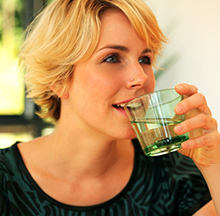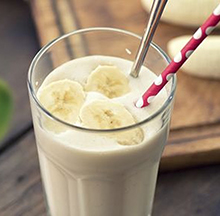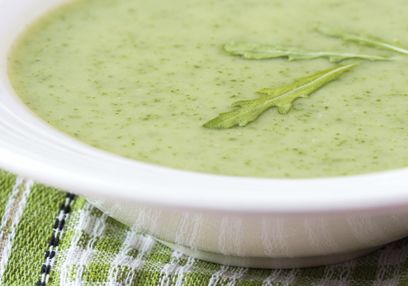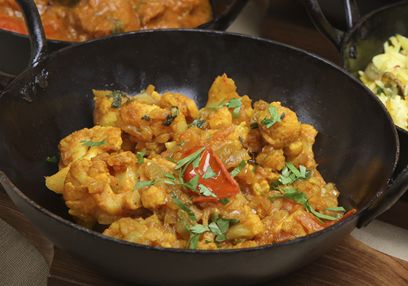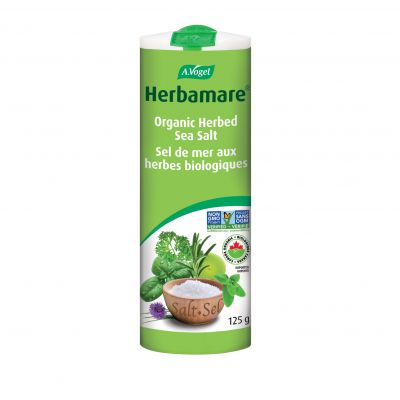Why does it happen?
Well, in simple terms it’s your falling oestrogen that can actually affect the hydration of your joints, and that in turn can cause lots of these issues.
So what can you do to actually help your joints?
First and most importantly, if you are experiencing these types of aches and pains get checked out by your doctor just to make sure that it is associated with menopause. We wouldn’t want a more serious issue to be misdiagnosed.
So what can you do to help yourself?
You’ve been checked by the doctor, they’ve cleared everything, but you still know there’s a particular problem…
Here are a few tips and tricks that have really worked for me :
- Examine your diet! Make sure you’re getting a good varied diet with plenty of calcium and magnesium rich foods because these are really needed for your bones. So that’s foods like nuts and seeds, dried fruit, dark green leafy vegetables, even fish like sardines can be very useful because of the soft bones, that can help with your calcium intake as well. There are also foods to avoid as well that you can read about in the article below.
- Drink lots of water! This can help with those dehydrating joints.
- Read up on herbs that can help. There is a lovely natural anti-inflammatory called Devil’s Claw and this tends to work really quite quickly, a lot of people find a difference within a few days.
- The other thing that’s really, really important is exercise. Now I know if you’ve got joint aches and pains it’s the last thing you want to be doing, but exercising every day will not only keep your weight under control, maintaining a healthy weight can help relieve pressure on your joints and it strengthens your muscles.
Diet
One main thing is to look at food.
Make sure you’re getting a good varied diet with plenty of calcium and magnesium rich foodsbecause these are really needed for your bones. So that’s foods like nuts and seeds, dried fruit, dark green leafy vegetables, even fish like sardines can be very useful because of the soft bones, that can help with your calcium intake as well.
Make sure that you are avoiding certain foods as well. Now there’s a whole class of foods, if you like, that can really irritate the joints. Now I bet that you didn’t know that you’re eating lots of the Deadly Nightshade family every day, and these can be very specific irritants. Those are foods, believe it or not, your potatoes, your tomatoes, your eggplants and your red peppers, and some women actually find if they cut those out, that their joint pains actually ease off quite a bit. Maybe do a little experimenting with your diet.
The other main group of foods are the citrus fruits, these are things like your oranges and your grapefruit, and was really interesting because I had one lady and all she did was give up her daily glass of orange juice for her breakfast, and she within a short space of time, she actually found that her joint pain was easing off and well, so sometimes just these little tweaks can make a great big deal of difference.
Water
The other things is, guess what, water! If your joints are dehydrating, then making sure that you’re drinking plenty of water every day can be a really big boost, and I was so pleased because another lady actually got back to me, and all she had been doing was taking an extra glass of water at night.
She was getting joint pain first thing in the morning, which is very often due to dehydration, especially if you’re getting flashes during the night as well, so all she did was have an extra glass of water, small glass of warm water before bed, and an extra couple of glasses of water during the day, and she got back to me to say that within 3 or 4 weeks, her morning joint aches had practically stopped, so it can be something just as simple as adding a little bit of extra water into your diet as well.
Herbs to help
Now, what herbs can you take to help the joint aches and pains? There is a lovely natural anti-inflammatory called Devil’s Claw and this tends to work really quite quickly, a lot of people find a difference within a few days. It’s a nice gentle herb, there are no specific contraindications with it and you can take it long term if you need it as well.
Stress
Now the other thing that can be very relevant in joint aches and pains is stress, and we know that going through the menopause can be a very, very stressful time. Stress creates acidic chemicals in the body, and those acidic chemicals can then irritate the joints further, so if you feel that you are stressed which, let’s face it, most of us are in this day and age, then sometimes even taking a nice stress remedy, such as oats or passion flower, can actually result in your joints aches and pains easing off as well.
Supplements
The other thing you can look at is maybe certain supplements, so we know magnesium is really good for the joints, things like glucosamine sulphate can be another one. This can help to stabilise the joints, so it’s a nice one to actually take at the start of the menopause as a preventative because it can help to strengthen the joints which may then mean that you actually avoid joint pain later on.
Exercise
The other thing that’s really, really important is exercise. Now I know if you’ve got joint aches and pains it’s the last thing you want to be doing, but exercising every day will do a couple of things – it will help to keep your weight under control, and that can be very important, if you’re slightly overweight that will put more pressure on your joints as well, but the other great thing about exercise is that it strengthens your muscles and if the muscles are good and strong each side of the joint, they will actually help to keep the joint in place, and to stop any rubbing or grinding going on, so even doing ten minutes of a brisk walk every day can be enough just to keep everything going, so that’s really quite an important one as well.
The other exercises you can do, things like yoga’s great for helping with the joints, it helps to keep the muscles really strong, and it can actually give you quite a good workout, and I know for me, yoga has been one of the things that has really helped to keep me fit and healthy during the menopause, so it’s certainly worth trying out, and the great thing about yoga is you usually get a little point during the class where you can actually get to lie down and relax, which is very important as we all know.
Complimentary Therapies
The other things you can look at would be to maybe look at some complimentary therapies. If you feel that you’re joints are really achy and if all this tension and muscle pulling has been going on, sometimes that can actually pull a joint slightly out of place and that will contribute to the aches and pains, so going to see someone like a chiropractor, they can very easily pinpoint what’s going on, and do some nice manipulation to get everything back into place as well.
If you find posture is an issue, then you can actually go to what’s called the Alexander Technique classes, and this can be very, very useful, and can sometimes really work miracles with joint aches and pains as well.
Acupuncture is another thing to look at. This can give you several benefits. Acupuncture can be really good for relieving pain, but it can also be really good for balancing your hormones in the menopause, so this is another one that’s well worth looking into as well.


